There's nothing stylish about fast fashion I love clothes. I love expressing my personal style through clothing. I like making it, shopping for it, and styling it. For so many years, like with lots of young women, clothes shopping was how I self-regulated, celebrated, and distracted myself. As I got older, and could afford better, I bought better. I knew I didn't like cheap, synthetic, or disposable clothes, but I wasn't as aware then as I am now, about fashion's (fast, cheap fashion, and expensive investment fashion) horrible impacts on the environment and on those who make it. When we say, "Oh that's cheap because it's not handmade," we truly misunderstand what it takes to make a garment of any kind. Every garment - even the one on sale at H&M for $1.99 was handmade all the way down the chain. From producing the fibers, to weaving the cloth, to assembling the item. And all along that chain there is waste and pollution. These days, I've revived my love for vintage shopping and refined my wardrobe down to things I really love that stand the test of time against fashion's fads. I don't advocate for a minimalist wardrobe - that's too constricting for me, but I'm sure I own way less than the average woman of my age and means. But here's the thing - we can all get on board with reducing fashion's impact on people and planet, no matter what income bracket we're in, because, there’s nothing trendy about fashion that ends up in a landfill, not matter where you're at with it.
Plus, didn’t you hear? All the cool kids (and adults) are wearing second-hand clothes this season! What makes fashion one of the worst industry polluters in the world? The answers are more numerous than the plastic sequins on the racks at Target, but here’s a few unstylish reasons fashion has a devastating effect both environmentally, and socially.
How can you opt-out of environmental and socially-destructive fashion?
Don’t be trashy: #iquitfastfashion
0 Comments
Compost, it's so hot right now, compostFood waste is big, big contributor to global warming. Landfills are the second largest human source of methane emissions, and food rotting in landfills is the largest source of these emissions. The gas rotting food emits, methane, has 24 times the impact on the climate as CO2. In the US alone, we send over 50 million tons of food waste to landfills each year. The production of lost or wasted food generates the equivalent of 37 million cars’ worth of greenhouse gas emissions annually. The USDA estimates 30-40 percent of our food goes to waste. So what can you do?
And the big one: Compost! If you live in Metro Portland, you can compost all food, including meat, right at your curbside. The benefits of composting are vast. Here’s a list of composting benefits from the EPA:
Don’t be trashy: #compostit Life feeling not-so-plastic-free? It's OK, there are big ways to reducePlastic is a pain. No matter how much you try, you can’t completely get rid of it in your life. Plus, we Americans are “wishful” recyclers, often assuming that if something has that little three-arrow circle symbol, then we can throw it in our curbside recycling. Not so much, because the numbers don’t mean much. What can and can’t be recycled is dependent on your municipal systems for collecting and sorting waste. Plus, the idea of recycling plastics doesn’t really work. Globally, we’ve only recycled about nine percent of all the plastic ever produced.Even though plastics only entered the mainstream economy 60 years ago, we’ve already managed to produce 8.3 billion metric tons, which has become 6.3 billion metric tons of disposable plastic waste. This is trash that takes more than 400 years to degrade, and it doesn’t seem like manufacturers are slowing down. Plastics that claim “earth-friendly,” “eco,” “biodegradable,” or “compostable” are largely misleading. There are no industrial composting facilities able to crate the correct environment for composting these specialty plastics. New research has shown, these plastics take more resources to produce, and still potentially release harmful chemicals.
Some plastics are necessary, but many more can be avoided with a little effort. When I started my journey with the handle "plastic free mamma." I had high-hopes about how I could live completely without buying any new plastic. Um, that was trip down headache lane. In the end, there are much bigger and better ways to make a difference in the fight for our planet's future than beating yourself up over the vitamins you need that come in a plastic bottle. But, that doesn't mean you should focus on major reductions where possible. Prevent waste in the first place:
When you have pesky plastics that you can’t re-use:
According to experts, for every five pounds of plastic recycled, you could drive eight miles (round trip) to a depot and still save energy! Have something you’d like to recycle, but you’re not sure where? Portland has amazing recycling experts standing by to answer all your questions! Call your recycling expert at 503-234-3000 between 8:30 am and 5 pm Monday through Saturday, or submit a question online. Don't be trashy this holiday with these tips for reducing your family's environmental impact.Americans throw away 25 percent more trash during the holiday season. That’s equivalent to 25 million tons of garbage, or 1 million extra tons per week. Here’s 10 tips to reducing your environmental impact this holiday season:
“Dear X: As we head toward the holiday season, we would like to respectfully request no gifts this year. We would like to reduce our environmental impact and focus on experiences, not things. We would be so honored if you would like to divert any gift giving funds in our name to Save the Children. One of the world's top-rated charities, Save the Children is on the ground in global crisis situations making a tangible difference in the lives of children caught in those struggles. Please use this link to donate to their Global Action Fund. Thank you, and may your holidays be filled with peace and joy!” Don’t be trashy: #creatememoriesnotgarbage “Voting” with your dollar is bigger than the moment you make a retail purchase Got a minute? Ready to take a big breath with me to reflect on how it’s going with your growing awareness of our collective and personal responsibility in regards to the climate emergency? I realized last week that it was time for me to put my money, real money, where my mouth was as an advocate for conscious consumption. The big word being consumption. Consumption consumes. But we don’t just vote for the type of world we want where we spend our money. We make an even bigger vote where we invest our money. Investing feels like it almost has the opposite meaning to consumption in this scenario. We “invest” in our future. We “invest” in our health. We “invest” in our children and our communities. Our investment (of time, or money, or expertise) is the true way we make real difference in our lives and for our one and only planet.
Divest to invest Retirement investments make an impact on more than your personal future. Are your financial investments - your personal IRA, your 401k, your retirement savings - in line with your values? We made the big decision to divest from our retirement funds that were environmentally and socially destructive and didn’t align with our values, even though it cost us money - thousands of dollars, in fact. Why? Because you can’t advocate for a cleaner, fairer, and more equitable world while your money is being used to support fossil fuels, weapons, and other industries responsible for our planet’s consumption. If you are privileged enough to have retirement savings and investments, consider moving them to meet ESG (Environmental, Social, and Governance) criteria. In the US, options include funds like the Neuberger Berman Sustainable Equity Fund and/or any of the Calvert mutual funds - one of the oldest, most diversified funds manager in the field with a focus on ESG investments. According to Morningstar, a global investment research firm, there are over $8 trillion in sustainably invested funds, including mutual funds, exchange-traded funds, and other products. So the options are good. I spoke with our personal financial planner, Clinton Bell, over at Northwestern Mutual about our desire to have a green and ethical array of investments. After reviewing our portfolio, he recommended using Calvert because of their strong reputation in the industry for supporting ESG not just in the US but around the globe as well. He also recommended using one of their “fund of funds” to maintain a proper asset allocation without the need to continually re-balance as different markets fluctuate. Even though it cost us quite a few thousand dollars of our equity to move our investments to new funds, I feel better and have a clearer conscious over aligning our investments as closely as possible with our ethics. Where “voting with your dollars” makes the most impact In addition to adjusting your investment portfolio to ethical and sustainable companies and funds, everything from your small change to your monthly bills and unavoidable expenses can be viewed through a sustainability-supportive lens. Go beyond bulk and low-waste shopping and second-hand clothes with these sustainability-forward investments: Make your spare change make a difference by rolling up your “digital spare change” with Benefit Corporation, Olive Gives, who’s partnering with non-profits to help you make your spare change make a big difference. Check out these apps that making giving back a no-brainer. Switching to green utilities even when they cost you more because you have that privilege. Here’s the links for Oregonians with PGE and Northwest Natural Gas to switch their utilities to 100% renewable and smart energy programs. Finally, consider looking into how small (or big!) adjustments to your flying, driving, and eating habits can really lighten your carbon footprint! Let’s all do the most we can to invest not only in our own future, but also in our planet’s and children’s future while we’re at it. Caution, contradictions ahead.
Two things have been heavily on my mind about the ZW movement lately. One, the high burden zero waste efforts place on women on the domestic home front; and two, the increasingly frustrated feeling that those with all the privilege and resources aren't doing enough. Let's unpack. What's really feasible for busy working families who want to reduce their environmental impact? The intersection of gender politics, economics, cultural norms, and accessibility with sustainability initiatives is complex. The ZW inspo of immaculate kitchens and hand-made everything puts a lot of pressure on women who already do the heavy lifting on the home front on top of a full day of work. After all, it was the rise of convenient, packaged food that partially contributed to women's ability to get out of the house in the first place. However, there is a lot of rah-rahing going on around here (hello echo-chamber) about how we should applaud everyone "doing their best." In words that stuck with me from @ajabarber, "I'm finding sentiments like this pretty problematic because if the privileged world were doing their collective best, we wouldn't be in this mess, right?" Let's get real. Making your own mayonnaise might not be feasible (this time-consuming shadow work will derail your efforts), but if you have the access and finances to buy it in a glass jar, you should. We need to move outside of our comfort zones and stop applauding the bare minimum of waste reduction. For those with the time and resources (like me!), we must consistently apply ourselves to choosing conservation over consumption even when it feels hard (because our future and our children's future depends on us). This takes a changed way of thinking and sacrifice, but we can't live in denial of this crisis. The truth is millions in the western world and other affluent societies can and should make up the difference for those that have extra barriers. Let's not water this down when our collective backs are against the wall. This is not someone else's problem and it's not going to fix itself. First, just buy less. For gosh sakes, folxs with less money and privilege have been living a more sustainable lifestyle by default since time-immemorial. Second, make more, and use what you have, pick recyclable packaging every chance you can if it's in your budget, quit fast fashion, eat less meat, stop buying plastic/disposables, and cut down or cut out the to-go packaging. But here's the contradiction: push yourself, but don't judge yourself if you're too busy and stressed to make your own crackers. Let go of the judgemental and controlling aspect of ZW, or you'll go insane. You’re a busy (working) parent, right? With family going a million different directions, shopping, cooking, cleaning, homework, sports, preteen or terrible-twos, trying to put even more pressure on yourself to meet some kind of low-waste living standard can feel like too much. Don’t be discouraged! You can still do what’s right for the environment in some small, easy and attainable ways – and every little bit counts. We’ve all got to lean-in on this one, because, well – it’s our only home. And, it’s a legacy we leave our children. Instead of going down the rabbit hole of a bunch of glamorous social media accounts that make it look like DIY-ing Every. Darn. Thing. Is actually attainable, I’ve put together this list of ways you can get started today. Some might stretch your habit-building muscles a bit, but you’ve got this.
Bar soaps instead of liquid soaps One of the most straightforward and most satisfying changes you can make is to ditch plastic bottles of soap for bars. Everything from dish soap to hair conditioner comes in a bar soap these days. Beautiful, lovely-smelling and practical bars of soap. Like trying any new type of shampoo, it might take a few tries before you find the right fit for your dry/frizzy/thinning hairs, but there's one out there. Kids can totally handle a bar soap in the bathroom, too. It's just like old times. A big block of olive oil kitchen soap is a satisfying swap for the kitchen. Use it with a wooden and natural bristle scrub brush, and you can avoid disposable sponges full of plastic microfibers. Win-win. Switch to plastic-free and tree-free toilet paper The average four-person US household goes through 100 lbs of TP a year! Most of that is from virgin-forest in Canada, vital ecosystems we need to combat global warming. Swap to recycled bum-wipes or go the extra mile and find a bamboo kind you like. Bonus if you can get it without plastic packaging. We use Who Gives a Crap in our house. Shop in bulk From Winco to your local food co-op, bulk shopping is all around us, for all budgets. It just takes getting in the habit of seeking out what you might need here first, before hitting the aisles for a prepackaged version. Bring your own reusable bag or jar – that's the waste-reduction point. For shops that insist on plastic, just wash and re-use your existing plastic bags over (and over and over) again. Picking up new plastic bags every time defeats the purpose. Make your own If you have the time and inclination, making meals, cleaning supplies, and toiletries from scratch goes a long way to reducing unnecessary waste. At first, it might seem overwhelming, but it's interesting to discover what things actually aren't that hard, or don't take as much time as you would expect. Hummus, for example, is super quick and easy. So is pesto. Homemade waffles might take a bit more time but double your recipe on the weekend, so you have "freezer waffles" for the week. See “Green cleaning” and “Natural beauty swaps” below for other easy and fast DIY ideas. Plastic-free produce Your great-grandma had it right when she wrapped her greens in a damp dishtowel in the fridge. Go ahead, throw that produce in your shopping basket naked. When you get home, keep it fresh by wrapping it in a damp cloth, treating it like a bouquet of flowers and putting it upright in water, or wrapping it in some beeswax wrap. Plastic-free tea and coffee It's easy-peasy to use your own container or re-use a coffee bag (they're not recyclable) for whole bean coffee at the grocery store, or any coffee shop. Switch to a French Press or re-usable filter for an even more low-waste caffeine experience. Tea drinkers have it a bit tougher. Most tea pages contain plastic, and if the teabag happens to be compostable, the sachet it's packaged in isn't. Switching to bulk tea is a pleasure, though. Luckily there are several tea shops in Portland supporting a bring-your-own approach, and finer grocers carry a bulk selection of teas. Like an herbal blend? Check the ingredients and then put it together yourself at any number of herb shops. Green cleaning When what you have no longer works, opt for reusable, natural fiber dusters, brooms, scrubbies, and rags. Cleaning products are easy and fun to make yourself with low-impact, readily available ingredients like white vinegar (buy it in glass) and baking soda (in a box!) Hit up your interwebs for some directions, or check some of the posts at @plasticfreemamma Switch to washable instead of single-use Paper napkins, paper towels, kitchen sponges, tissues, cotton balls – these are all things that can be replaced with a washable cloth version. Cloth napkins for kids?! You bet! They don’t have to be fancy. Just reusable. Natural beauty swaps Simplify your life, save money and be kind to your body and the planet with an all-natural beauty routine you can make yourself. Find easy toothpaste and mouthwash recipes that taste great over at @plasticfreemamma. Used coffee grounds make a great body scrub. There are tons of recipes out there that only require a few, easy to obtain ingredients. It will make getting ready in the morning so much easier. Bring your own Bring your own cup, and bags, and to-go containers. Unfortunately, swapping a paper bag for a plastic one comes with its own set of environmental impacts. Just like putting on your seat belt, you can create a habit around these waste-reducing steps. Many shops in PDX allow you to put bakery items, bulk food and produce in your own reusable bags and jars. Deli and meat counter items are trickier because of food safety rules, but to-go liquids like coffee are OK. Even if a container says, "recyclable" or "biodegradable" all to-go containers are headed to your trash can. Eat in, eat it all up, or bring your own container to throw uneaten food into instead of that doggie-bag. Portlanders throw out 50 million disposable coffee cups a year – that’s 3 million tons of waste just on to-go coffee! Buy second hand first The clothing industry, particularly fast-fashion and synthetic materials have a devastating effect on our environment. Since kids are growing through their clothes faster than the seasons, there isn't much reason to buy new and a million reasons not to buy cheap and disposable. Consignment and second-hand shops for children are everywhere and full of cute things. Plus, you can get some trade-in value while you're at it. Overall, STUFF is everywhere. Take a sec to see if what you need, anything you need, is available used first. Buy this instead of that Use what you have until it’s worn out. But when you do need to replace something, replace it with something that’s not plastic – if you can afford it. We love toothbrushes, wooden hairbrushes, plastic-free band-aids, plastic-free hair ties, natural bristle brooms and cleaning brushes, glass storage containers, and beeswax wraps. Just say no to unnecessary plastic and packaging Did you know, you don’t actually have to have the plastic covering your dry cleaning? Take a sec to discover where else in your life you can just say “no.” Fashion brands have latched onto the word sustainability. How’s a savvy earth-saver supposed to tell the difference between an honest, eco-friendly product and a bunch of sustainabullshit?
You started buying organic produce years ago, and you cried over the recent UN report on climate change. You’ve watched the BBC Drowning in Plastic documentary, and you’re fuming over the WWF report on species decline. You’ve decided it’s time to live a completely sustainable lifestyle, and you want All. The. Sustainable. Things. But that's the rub, isn't it? Sustainable has become another marketing buzzword like "eco-friendly," and "natural" and even "vegan." Remember when "gluten-free" started popping up on things like corn chips that were by nature gluten-free to begin with? It's kinda like that, and kinda not. Because “sustainable” can mean a whole lot of things and cover up a whole lot of not-really-sustainable practices leading you, the earnest, and earth-loving consumer just a wee bit misled. Our plastic not-fantastic My own personal soapbox for environmental conservation is plastic. I like to share what I hope are reasonably attainable ways busy people can cut unnecessary plastic waste IRL over on IG at @plasticfreemamma. Plastic permeates our lives, and most of us live in denial about where plastic actually goes once we stick it in the ubiquitous recycling bin. But we're waking up to the myth of recycling. And we're waking up to how insidious plastic has become in almost everything we touch. It's encircling of the food we eat, the homes we live in, the furniture we sit on, the technology we use, the make-up we wear and the clothes we buy. The clothes we buy not only contain plastic but come down a supply chain loaded with plastic waste we can’t even begin to fathom. Even if we’re purchasing a natural fiber fabric newly minted “sustainable” by (insert big brand name here)’s marketing company, what do we really know about the overall resource-depleting or resource-conserving process for producing that single item of clothing? But my new yoga pants say “sustainably made?” Even the hottest new indie “sustainable” sportswear brand who just made it onto the shelves of Nordstrom is beholden to that big retailer’s vendor rules. Did you know that Nordstrom and their ilk require that every item of clothing (every, single, individual item of clothing) arrives wrapped in single-use plastic which is promptly thrown away? Most of those items are also hung on disposable plastic hangers. So, the clothing may have been “sustainably made,” but it sure wasn’t “sustainably delivered.” Retailers aside, big brands themselves are always looking for ways to jump on the latest marketing buzz-word zeitgeist. Just this past October, a bunch of global fashion brands like Burberry, H&M, and Stella McCartney, plus the Chilean and British governments jumped on the anti-plastic bandwagon signing the New Plastics Economy Global Commitment to eradicate plastic waste and pollution at the source. Pretty ambitious. To be fair, it’s got some lofty goals I can really get behind:
The trouble is, we already know that number two and number three aren’t really working for us so well. All those recycled plastic fleece Patagonia jackets turned out to be an environmental hazard in their own right. Only about nine percent of all the plastic produced since the 1950s has actually been recycled. Despite attention from massive brands like adidas and their “Parley for the Ocean” recycled ocean plastic line, this type of environmentally-motivated marketing accounts for very little of big brands’ sales. According to Racked, adidas expected five million pairs of recycled shoes to be sold in 2018 – only a tiny fraction of the 450 million they sell on an annual basis. Yes, we can recycle it, but most recycled polyester has a serviceable life of just a few cycles of continually lower-quality polymer products before the polymer breaks down entirely and is suitable only for the landfill anyway. Sustainability and your next pair of kicks I think what these big brands miss entirely about sustainability and plastic reduction is slowing our roll on consumerism in the first place – being more mindful in what we invest in, where we buy it, and how we take care of it for the long term. Let’s look at shoes. I found a study with these figures: The average American woman will own 268 pairs of shoes during her adult life and blow $4,364 on shoes which either don't fit properly, or have been worn once, or not at all. That’s a lot of shoes headed to the landfill – 300 million pairs annually, in fact. Ethylene Vinyl Acetate, the type of plastic substance which usually makes up the midsole of most running shoes, can last for as long as 1,000 years in a landfill. The average pair of shoes takes more than 50 years to decompose – that includes the “natural” leathers and rubbers which are usually treated with a slew of nasty chemicals and glues during the manufacturing process. At any one time, the average woman owns 20 pairs of shoes, and only actively wears five of them. We can bet that little or no thought has been given to the “sustainability” of these shoes. But since you’re here, and you, dear reader, care about real, legit sustainability, how do you decide on your next pair of shoes? First, fix what you have. This digs deeper into sustainability as part of a circular economy where we own quality over quantity (slow fashion), repair what we own, and conserve an ecological balance by avoiding the depletion of natural resources. I’m not saying go all capsule wardrobe here. I love fashion and believe it is a beautiful, creative and artistic expression for the people who wear it and the people who design it. Just in invest in your personal style, not a fad, and take care of your things. Second, dig deeper on the lifecycle of the materials used in the production of your shoe. Many materials labeled as “sustainable” are of dubious origin.
Hiya! Since you're over here following along on my less-than-perfect and snark-filled journey to reduce plastic waste and shame a few corporate offenders along the way, here's my big, fat introduction. I'm a writer, and a mom, and a wife, and a middle-aged cranky woman living in the beautiful Pacific Northwest. I have a lot of tattoos and dabble in makery things like knitting, sewing and gardening. But I don't do any of those things very well. I jog sometimes, but it's more like a lumbering walk. I used to be an opera singer. Pretty typical of women you'd meet in Portland, I guess. Very Portlandia. People have always told me "You should write your own thing." To which I've always responded, "Nah, I don't have anything to say for myself - I'm not really that interesting." You see, I write other people's stories. I write for small and medium sized businesses - usually family-owned ones - ones where poeple have passion, and vision, and they want to SAY something about whatever product or service they are trying to get out there. I help them find their voice. But my voice. Meh. Then, it hit me. I did have something to say. I was saying it all the time when I was bitching to my husband about all the effing plastic I felt forced to consume every time I went to the grocery store. I was saying it when I was complaining about how the take-out food was still put in clamshell or worse, styrofoam. I had a big fat voice about the excessive packaging that people were blindly accepting when they signed up for this meal kit programs like Blue Apron. I went on a seething monologue about environmental advocates who blythly purchased their milk in plastic gallons. I realized, I DID have something to say after all. Then, I realized, I wasn't new to the game. Lot's of people were out there saying it, so maybe it wasn't worth my time. But then I realized, it's worth EVERYONE's time. Everyone. Even busy people like you and me. Busy, regular moms who have to decide to buy two half gallons of milk in cardboard rather than one gallon in plastic. I'm not a perfect yoga-pants-wearing eco-traveler with a trust fund. I'm just a gal. If we all think twice, we can make a difference together. Thanks for joining me here for the long-form stuff. Mostly I'm over on Instagram at @plasticfreemamma kevetching about plastic and related topics everyday. My pictures are pretty decent, too. See you there? |
Intentional living in Portland, ORI take sustainability personally. Really personally. I use my voice to advocate for plastic-free and low-waste living by offering tips, tricks and hacks to busy families through community work and speaking engagements. I practice low-waste creating which I share on my Instagram account @saint.clairs.scissors Archives
January 2020
Categories |
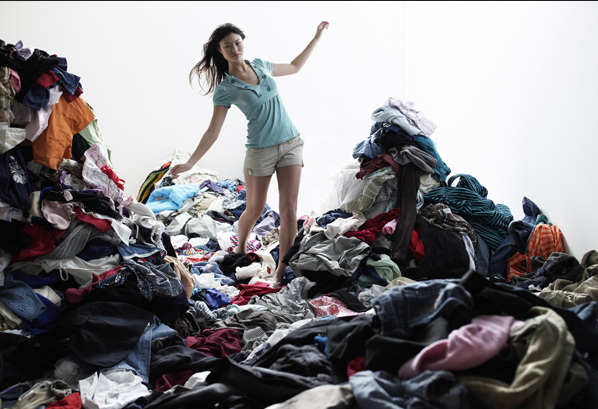
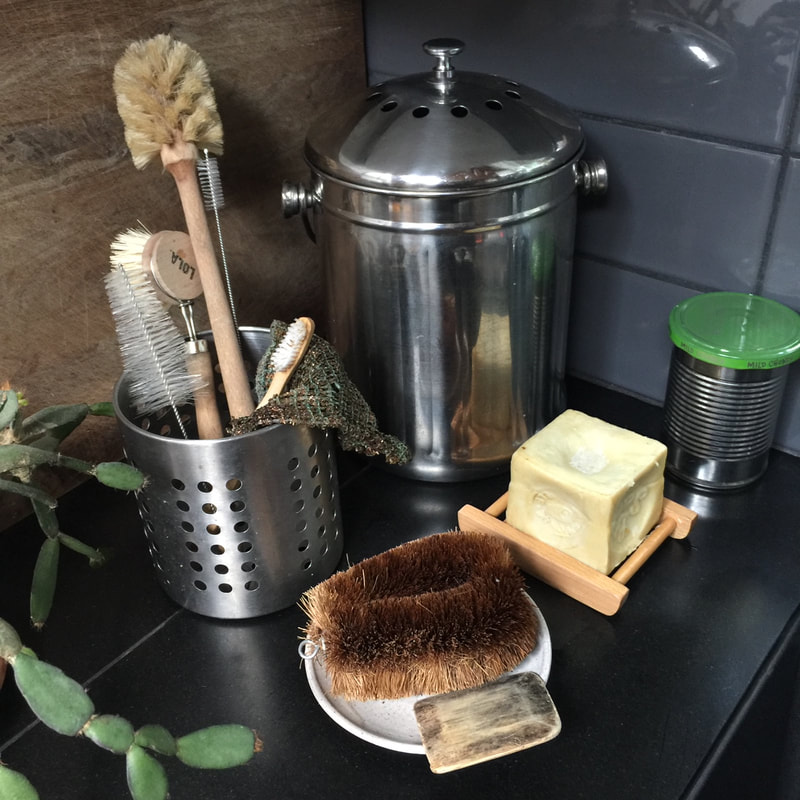
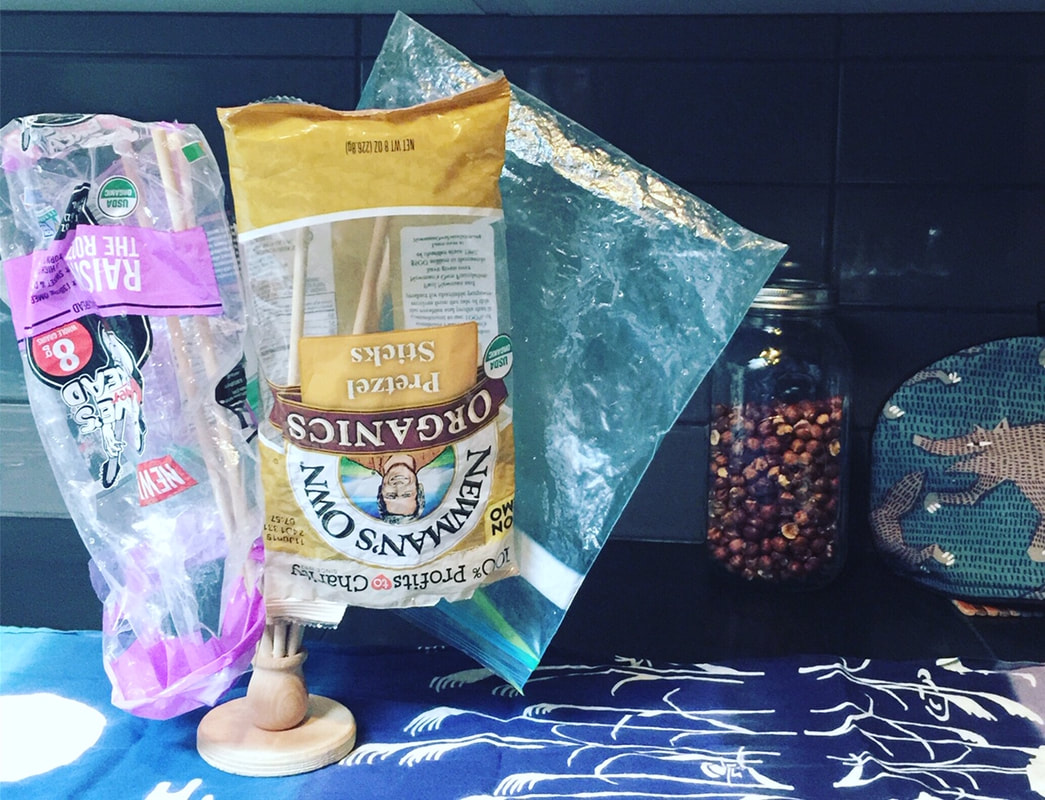
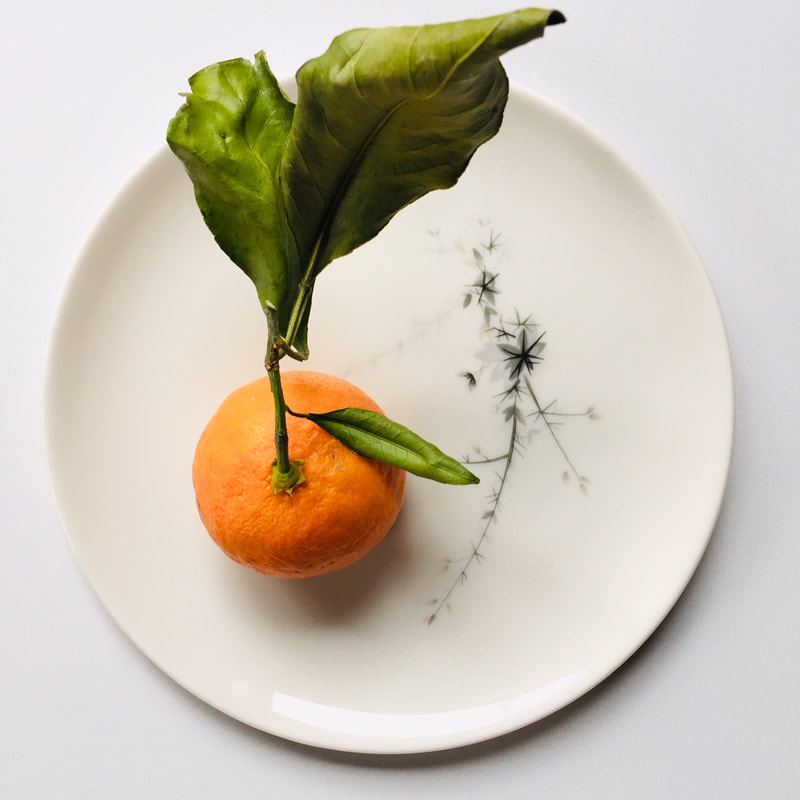
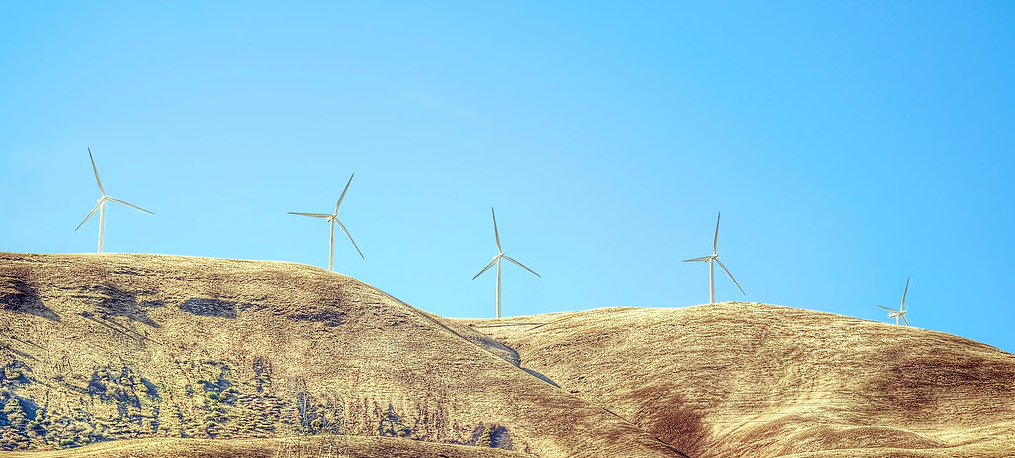

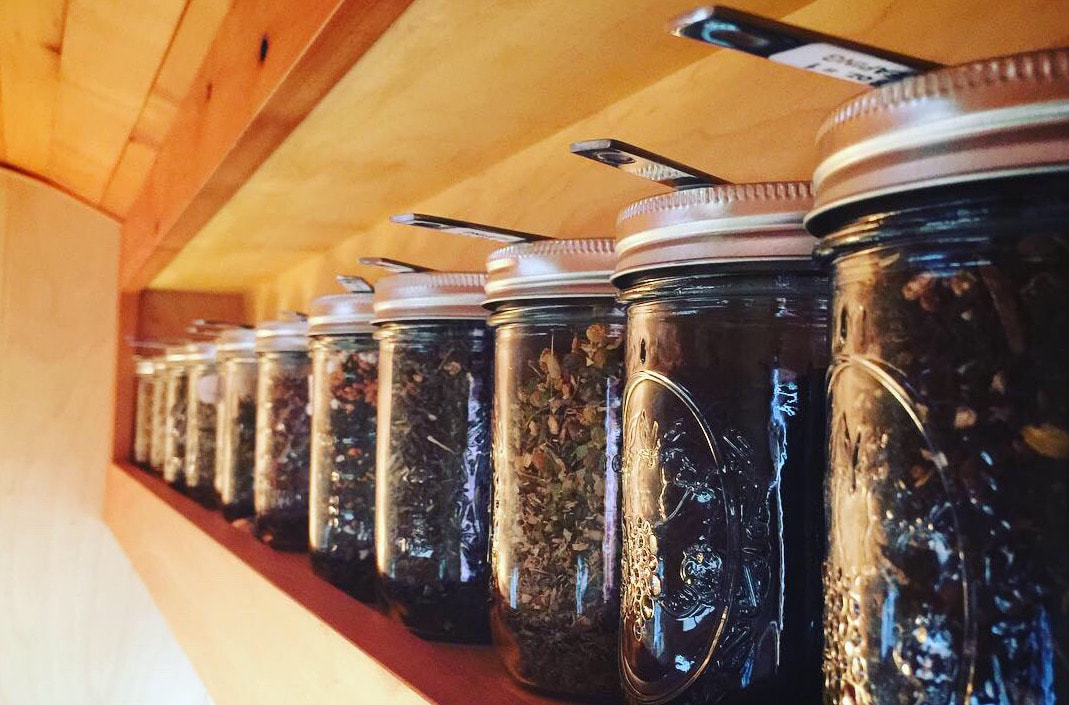
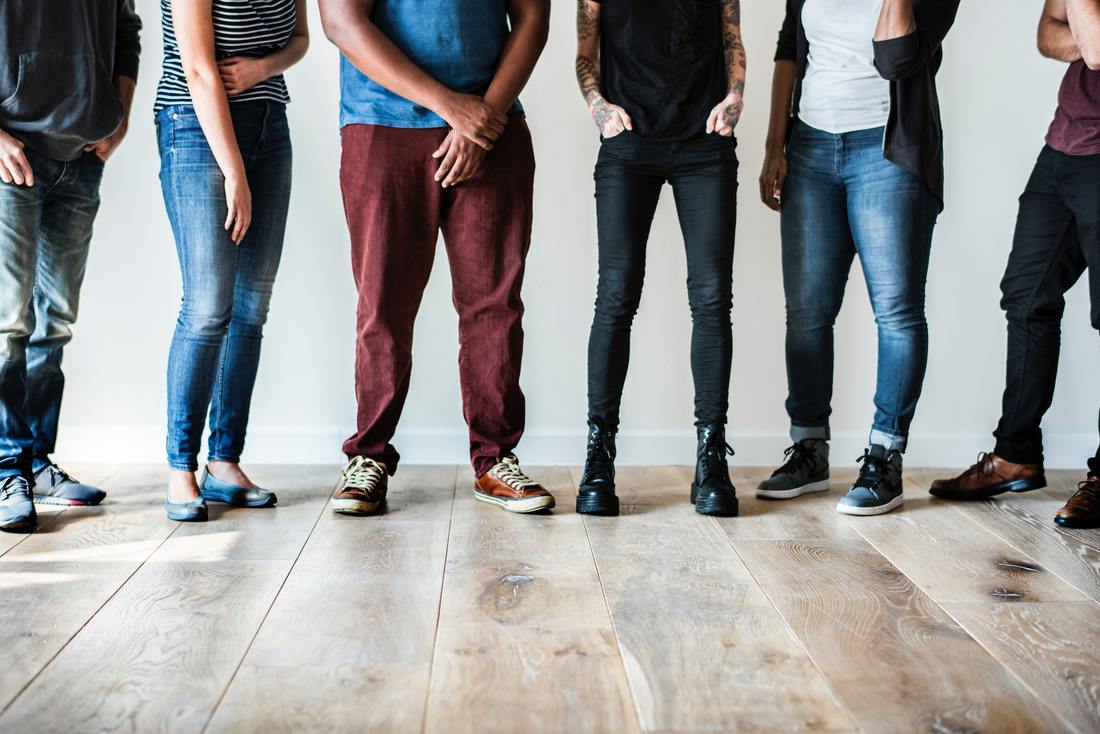
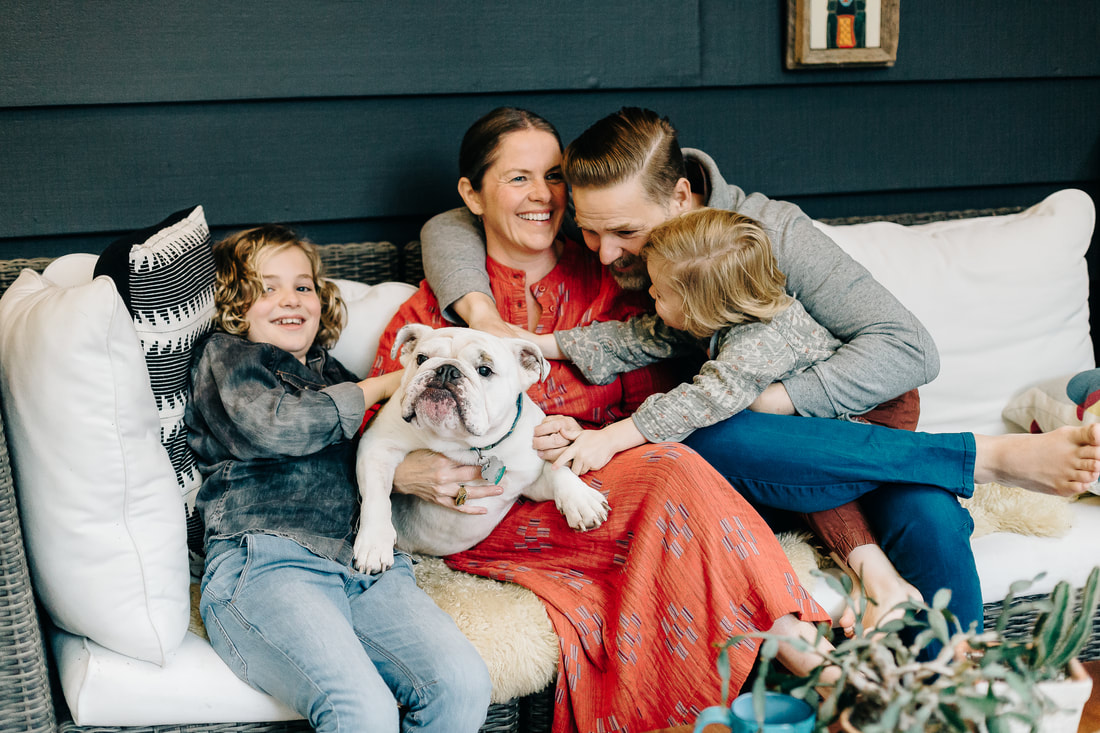
 RSS Feed
RSS Feed